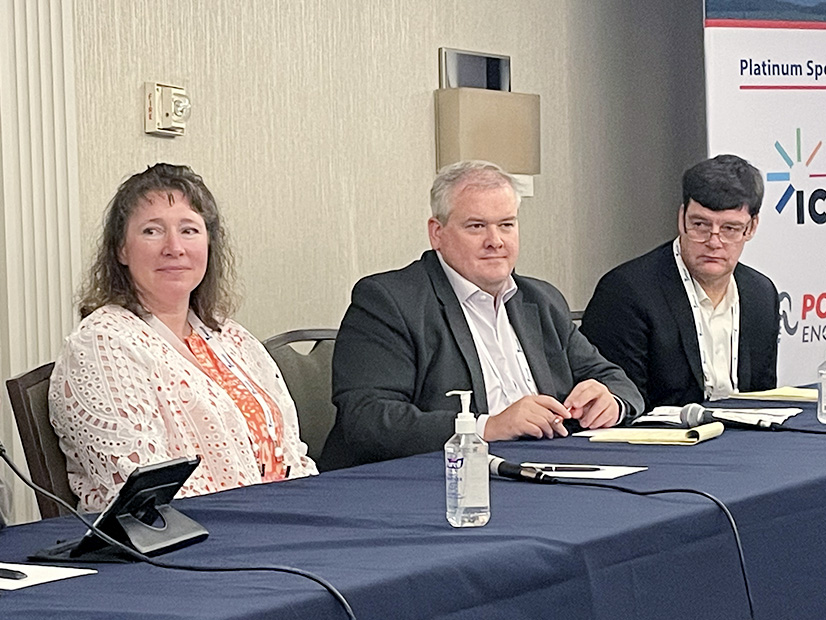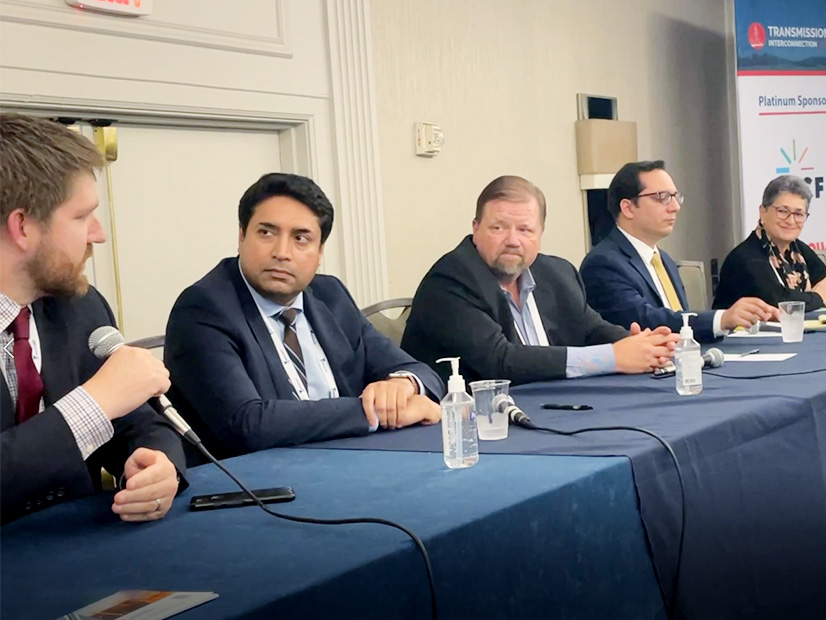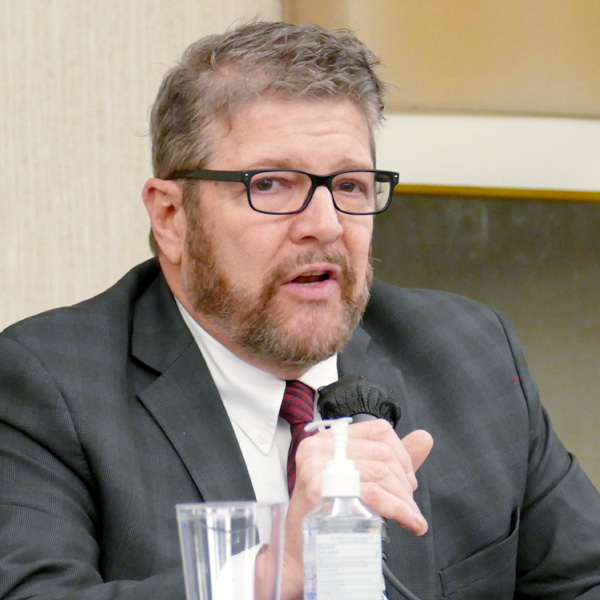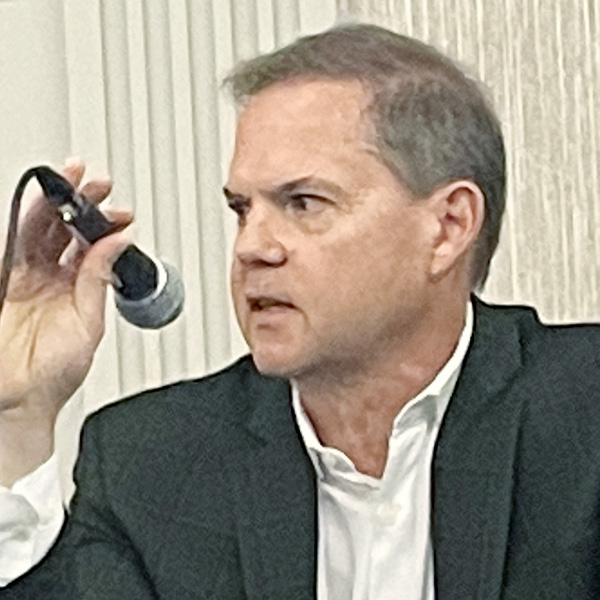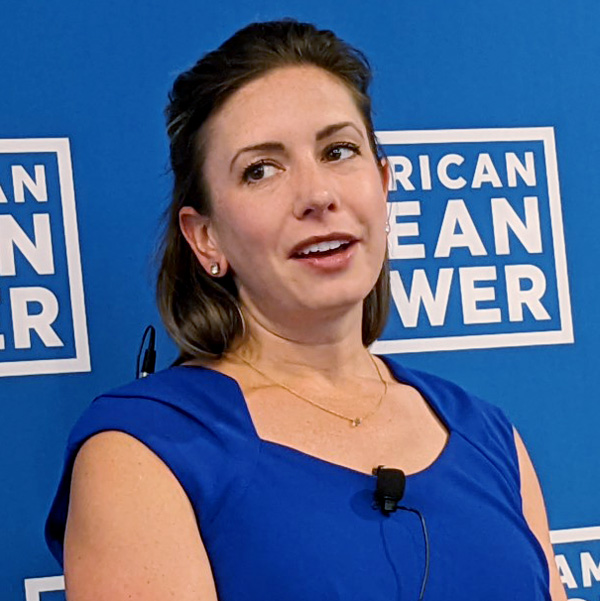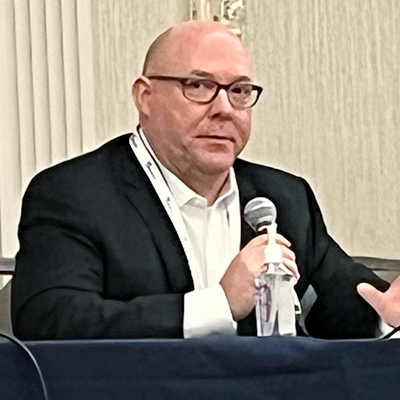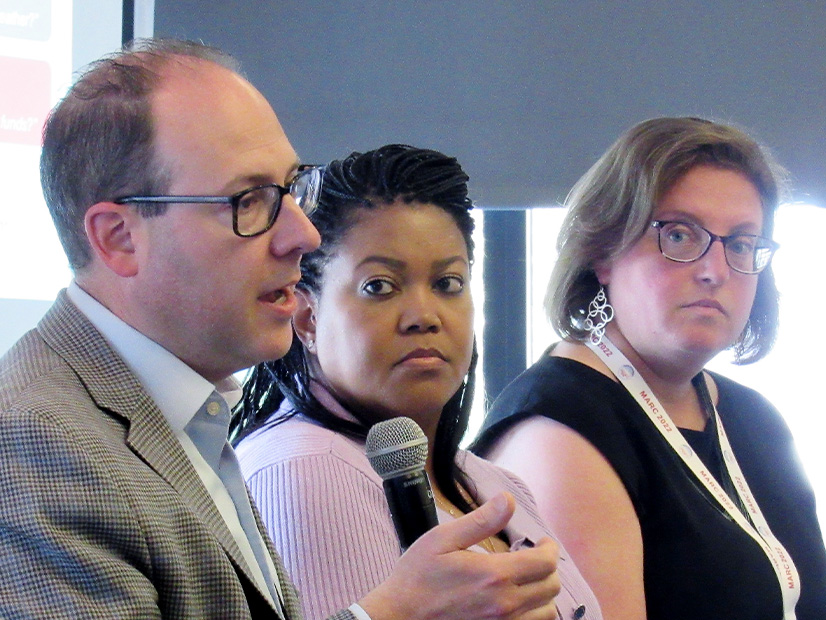ARLINGTON, Va. — Attendees at the Infocast Transmission & Interconnection Summit last week greeted FERC’s June 16 proposal on interconnection as long overdue but expressed frustration that the commission had failed to address the issue of participant funding.
The commission unanimously approved a Notice of Proposed Rulemaking that would replace the serial “first-come, first-served” study procedure with “first-ready, first-served” cluster studies (RM22-14). The commission also proposed more stringent financial commitments and readiness requirements for interconnection customers, which it said would discourage speculative interconnection requests. (See FERC Proposes Interconnection Process Overhaul.)
“Those are great fixes — going to help streamline everything,” said Brian C. Drumm, director of regional policy and RTO engagement for ITC Holdings. “But it’s also, I think, somewhat of a Band-Aid approach. … It’s not addressing the problem of this lack of transmission and this increasing cost that interconnecting generators are being asked to bear.”
Kevin McAuliffe, director of PJM and Northeast markets for nFront Consulting, said it is clear that grid planners can’t rely on the generator interconnection process to build out the system and that planners need to be more proactive in considering what is required to meet decarbonization goals. “As you get more and more generators in [the queue], it requires more and more big backbone upgrades to rebuild the system. And that’s hard for a generator to accommodate,” he said.
“One thing that is distinctly omitted from this NOPR is any way to address the deficiencies in the existing participant funding model,” said Tyler H. Norris, vice president of development for Cypress Creek Renewables. “We hope to see FERC address it in another venue.”
The NOPR said the existing serial study process may be unjust and unreasonable because an interconnection customer that triggers a network upgrade can be saddled with its entire cost even though it creates additional capacity for other interconnection customers that don’t share in the bill.
FERC proposed requiring transmission providers to allocate network upgrade costs among interconnection customers in a cluster based on the degree to which each generating facility contributes to the need for the upgrade.
But the 407-page NOPR includes just two brief mentions of participant funding, including a footnote to its observation that “although the crediting policy in the pro forma LGIP [large generator interconnection procedures] requires that the interconnection customer is ultimately reimbursed for the cost of the network upgrades, the large upfront network upgrade cost allocation may render a proposed generating facility economically non-viable, such that the interconnection customer is forced to withdraw from the interconnection queue.”
In a report to clients Monday, ClearView Energy partners said it expects FERC to issue an additional rulemaking addressing cost allocation beyond shared interconnection costs “as well as some of the mechanics of generator interconnection financing.”
Eliminating ‘Chicken’
Other aspects of the rulemaking also prompted comments during the three-day conference.
Arash Ghodsian, senior director of transmission and policy for EDF Renewables, acknowledged that he has a different perspective on the queue process than he did when he was a transmission planner for MISO.
“When developers used to come to us and say, ‘We need queue reform. We need efficiency,’ we used to push back and say, ‘Well, you know, it took us it took us a decade to get to where we are today.’ Now being on this side of the fence, I’m one of those who’s pushing [for] changes.”
Anton Ptak, director of transmission and interconnection for EDF, said planners should use the location of generators in the queue as a guide to the most attractive areas for siting. “If you can use that information in your planning process — to help guide where to put these large new lines or major rebuilds or reconductors — I think that will significantly help. It’ll take a little bit of … the game of chicken out of the interconnection process,” he said.
Several speakers praised FERC’s proposal to eliminate the “reasonable efforts” standard and penalize transmission providers $500/day for failing to meet study deadlines.
“I think that timelines for TOs are helpful if they have the resources to meet those timelines,” said Sarah Bresolin, director of government and regulatory affairs and wholesale markets policy for ENGIE North America. “That’s something that we struggled with at both the transmission and the distribution level. So some level of accountability there is helpful.”
FERC ‘Catching Up’
“I do feel like in some ways, FERC is catching up to what we just implemented in Duke territory [in North and South Carolina] with respect to the transition to cluster studies,” said Cypress Creek’s Norris.
Duke Energy (NYSE:DUK) implemented its first-ready-first-served, cluster-based process last year after it was approved by FERC in August (ER21-1579).
Kenneth Jennings, general manager of renewable integration and operations for Duke, said the company held stakeholder meetings for about nine months before it began drafting tariff changes.
“Once we did draft tariff changes, we shared those tariff changes with stakeholders and asked for feedback. Whenever we could incorporate recommendations from interconnection customers, we did it — as long as it didn’t compromise what we thought the integrity of the process was or reliability in any way.”
Jennings said interconnections become a problem “where there’s robust incentives for development.”
“When PJM started the RPM [Reliability Pricing Model] capacity market, there were immediate interconnection issues right away. … In North Carolina, the incentives were around solar; there was kind of this weird intersection between where the cost of solar declined and the avoided cost rates for [Public Utility Regulatory Policies Act] projects had reached the point where the cost was lower. And all of a sudden, we had a lot of activity. Initially, it wasn’t too bad because we had headroom in our system. … We ended up having this large influx of interconnection requests that we couldn’t get processed. And at some point, we were getting about four times the [number] of requests that we could process in a year.”
Southern Co. Reluctant to Abandon Serial Approach
Not everyone at the conference was ready to endorse FERC’s proposals, however.
Corey Sellers, transmission policy and services manager for Southern Co. (NYSE:SO), said his company supports the first-ready, first-service concept. “We were already looking at potentially some changes that would move us in that direction,” he said.
But he said the company is concerned about abandoning the serial process for cluster studies.
“We’ve been pretty efficient in being able to process serially our requests,” he said. “We were looking at something a little bit more of a hybrid. … Our biggest concern is the continual restudies that you see when you have a cluster process. Not sure exactly how that would work for us.”
PJM Interconnection Filing
PJM proposed changes to its interconnection process — which largely mirror FERC’s proposal — two days before the NOPR (ER22-2110). (See PJM Files Interconnection Proposal with FERC.)
The overwhelming support that members gave the proposed rule changes “was a PJM stakeholder success story,” said Erik Heinle, senior assistant people’s counsel for federal affairs and wholesale markets for D.C. “When PJM began this process back in late 2020, it was a very acrimonious process. … There was some serious disagreement about how we get there and, understandably, very frustrated generators who want to get on the system.”
He acknowledged that the RTO has additional work to do, which will be led by the Interconnection Process Reform Task Force.
Bhaskar Ray, vice president of interconnection and development engineering for Q CELLS USA, also praised PJM for “a very well engaged stakeholder reform process.”
But he said it’s unclear how PJM will handle the transition to the new rules. He also said his company also has concerns over how PJM would respond if Q CELLS’ lease options — acquired to demonstrate site control — expire before studies are completed.
Ray also said the company is seeing “a lot of cost overruns.
“This is an ongoing issue. I think one way to circumvent the problem would be to do more quarterly financial expenditure forecasts, because it’s very hard on developers to get these overruns of 50 [to] 60%.”
